When people get to Norway, they often want to see the Lofoten Islands, the colorful harbour in Bergen, or take a cruise through the Geirangerfjord. They are also some of the most popular places in Scandinavia, even though they are really cool. That is the reason why many people who go to Norway but still don’t know that there are still a lot of wild places in the country where tourism hasn’t changed things much.
Picture a lake in the Arctic that is smooth and clear, with jagged mountains reflecting in it in the middle of the night. A clear breeze brought the sound of reindeer bells from a long way off. There are no buses for tours. There are no stores that sell souvenirs. You, the land, and the feeling that you’ve stepped back in time to a wilder, older part of human history.
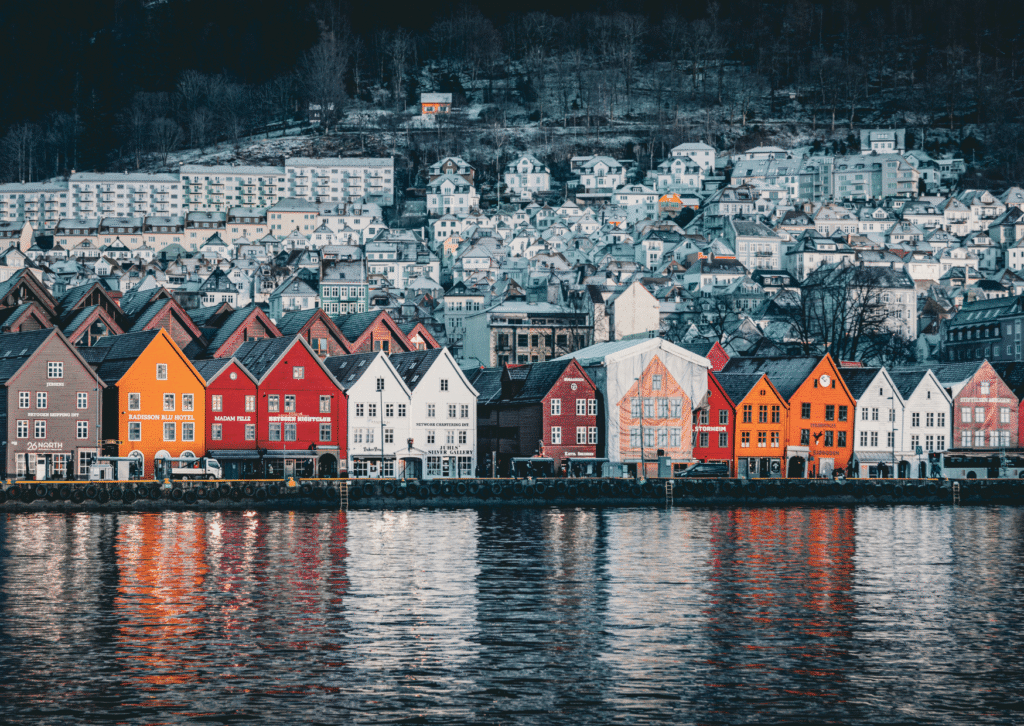
Norway’s wilderness is the part of the country that postcards don’t show. And it’s waiting for people who are willing to go beyond what the guidebooks say.
What Makes Norway’s Wild Places So Special?
Norway is always on lists of the most beautiful countries in the world. The magic of Norway isn’t just in its scenery; it’s also in how well it stays that way. Norway takes great care of its wild areas, unlike other countries that have fenced them off, charged people to get in, and built too many buildings on them.
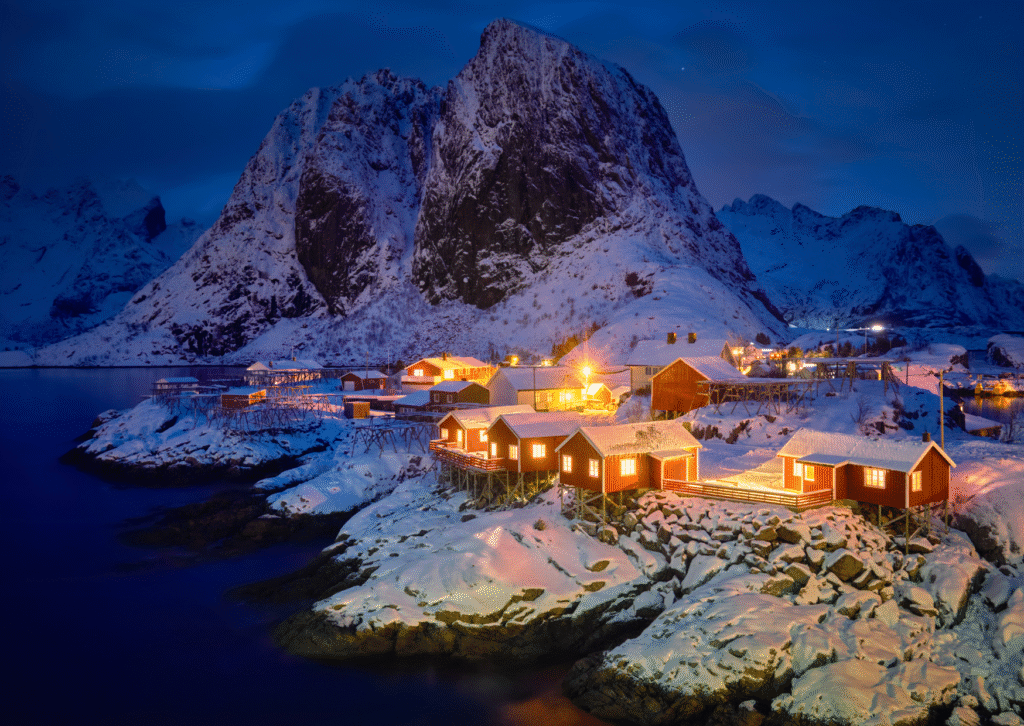
The secret is in the country’s allemannsretten, or “right to roam,” a law that lets everyone go into the countryside, forests, and mountains, even if they are owned by the government. You can camp almost anywhere, fish in lakes, and hike across huge national parks as long as you don’t get too close to homes and farms.
It’s hard to find this kind of access these days, which is why Norway is a great place for people who like to hike, paddle, and be around animals.
Norway has the most Secret Wilderness Getaways:
1. The best place to canoe is Femundsmarka National Park.
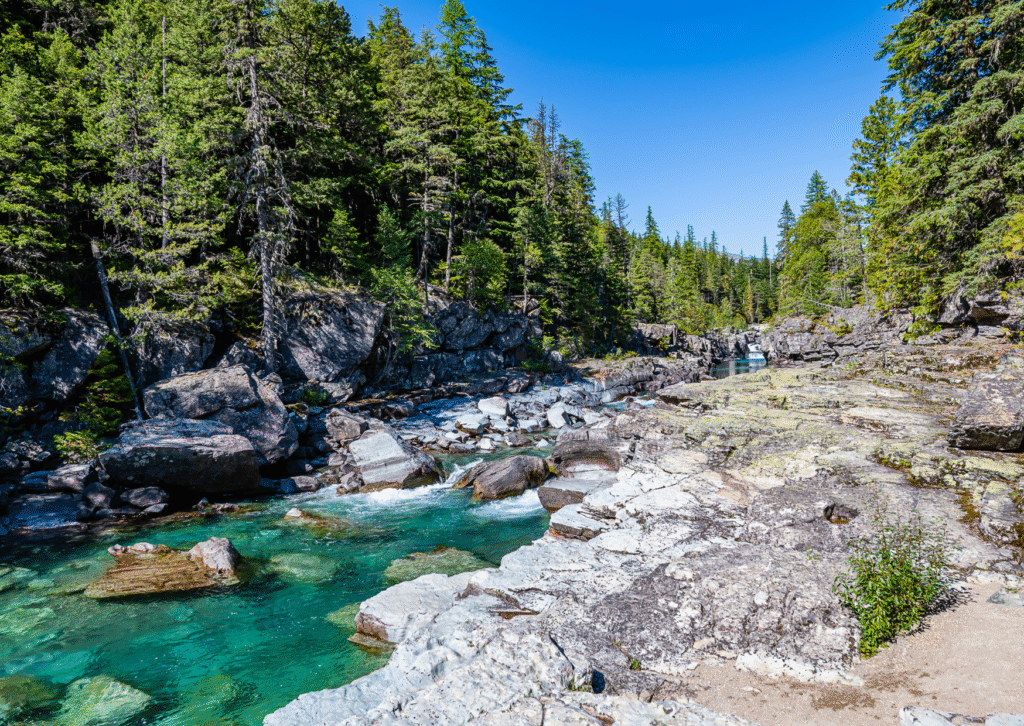
- Femundsmarka is a secret treasure on the border of Sweden that seems like it hasn’t changed in a long time. There are no roads in the park, only lakes that are linked by short portages. You could paddle all day and not see anyone else.
- Why go? There are endless pine forests, clear lakes, and a lot of animals, like elk and ospreys. People say that fishing here is the best, and the peace and quiet are good for the soul.
- Mini-itinerary: For three days, canoe from the southern shores of Lake Femunden, camp in the wild on sandy beaches, and cook fresh fish over an open fire.
2. Senja’s Arctic Jewel is Ånderdalen National Park.
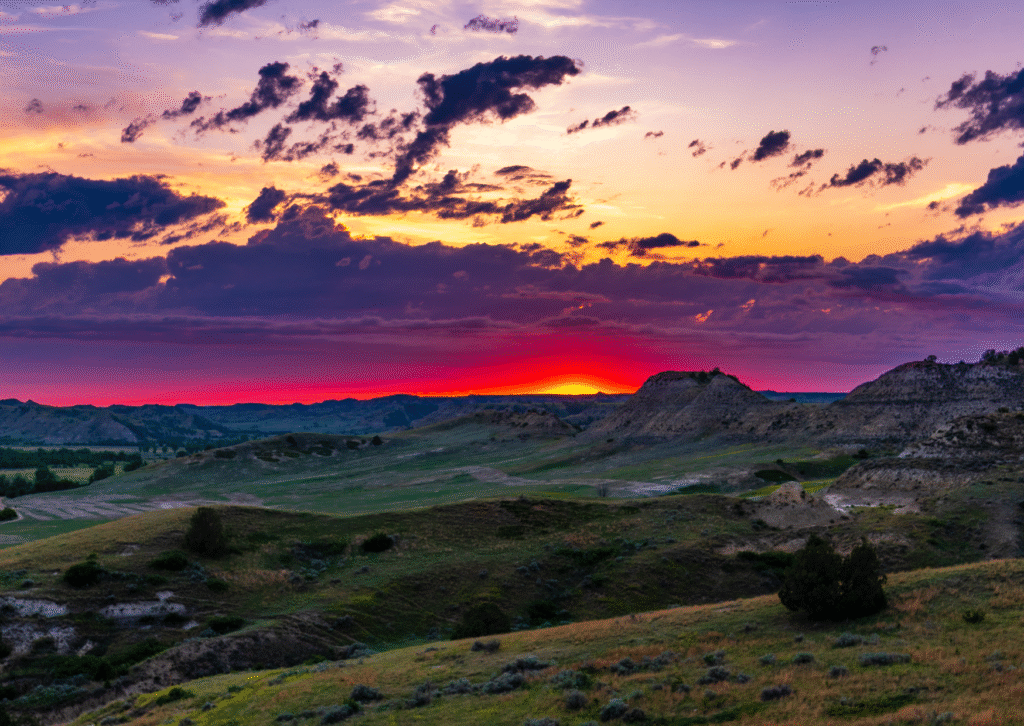
- Senja Island is home to Ånderdalen National Park. Some people call it “Norway in miniature.” In the fall, birch forests shine gold, and mountains fall into fjords.
- Why go: It’s one of the few places where you can walk along the coast and see Arctic animals at the same time, away from other tourists.
- Someone who knows says to go in early June to see the wildflowers in bloom and the sun at midnight.
3. Reisa National Park—Land of Hidden Waterfalls
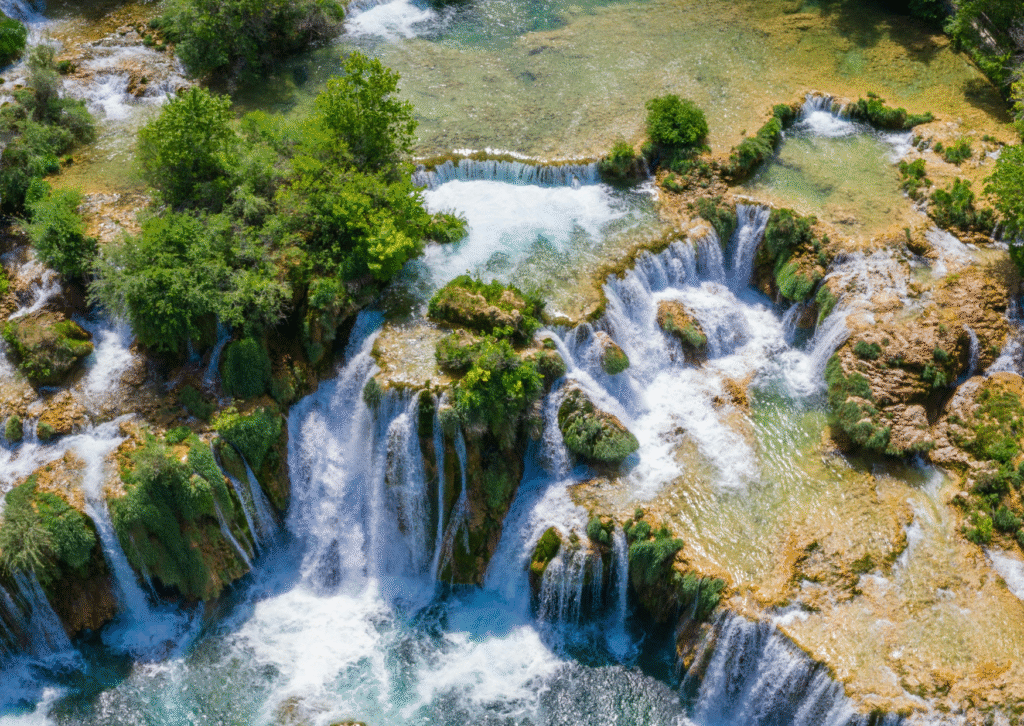
- The Reisa River has carved a deep canyon through the wilderness, with high cliffs on both sides and waterfalls all around. Mollisfossen is the crown jewel. It is one of Norway’s tallest and most remote waterfalls.
- Why go: There aren’t many places where you can see the drama of Norway’s landscapes with so few people around.
- You can get there by taking a riverboat from the small village of Reisa Valley and then hiking into the park to camp in the wild.
4. Øvre Dividal National Park: The Sami’s Heart
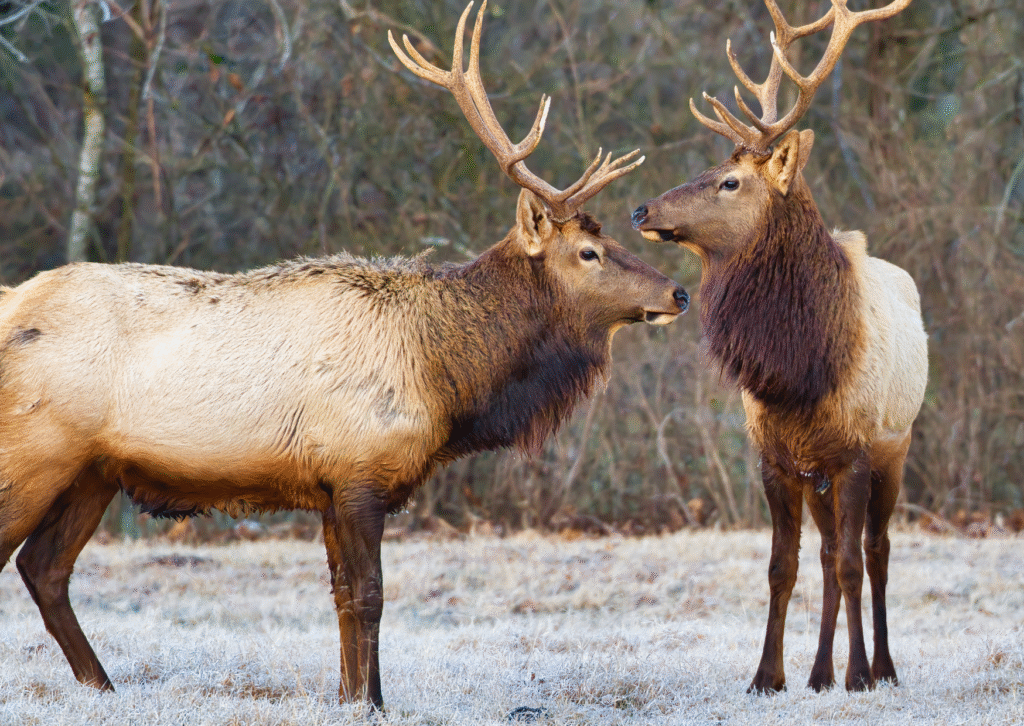
- In Troms, way up north, there is a park called Øvre Dividal where culture and nature meet. This is reindeer country, and the trails here follow old paths that reindeer used to take.
- Why go: You can learn about Sami traditions, such as herding and making things, while hiking in the woods.
- The best time to go is in the autumn, when the tundra turns deep red and gold and the reindeer are moving around.
5. The Varanger Peninsula: The Edge of the Arctic
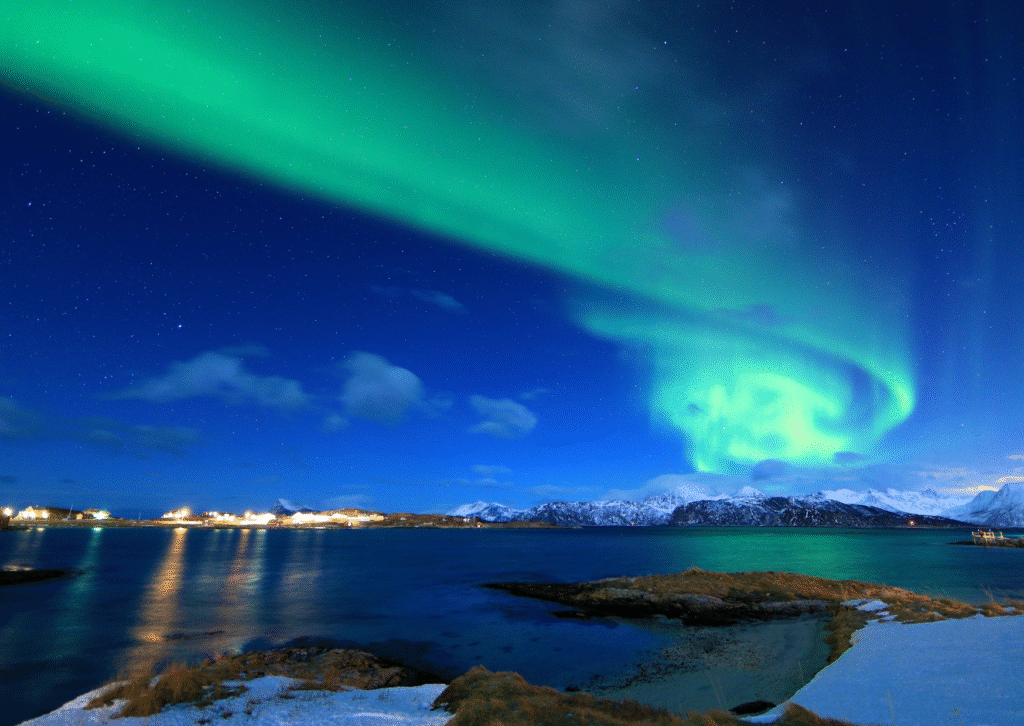
- Varanger is Norway’s wild east, and it’s closer to Russia than Oslo is. The tundra with no trees and the dramatic coast make it feel like a different world.
- Why go: You can see amazing birds, the raw Arctic landscape, and feel completely alone.
- Seeing the northern lights dance over the Barents Sea in February was something all of us had always wanted to do.
6. Wild Adventures Hiking the Wild Trails is a Must
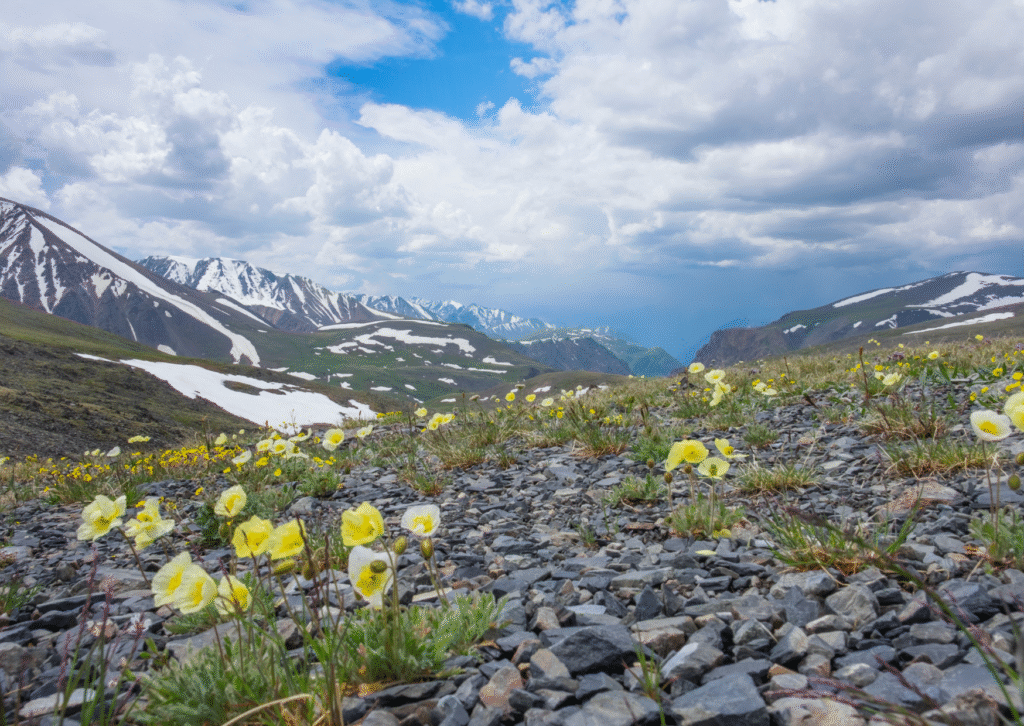
- People love to post pictures of the Besseggen Ridge and Trolltunga on Instagram, but the best wilderness hikes in Norway are often the ones where you can’t get a cell signal. In Øvre Pasvik and Saltfjellet-Svartisen, you can hike for days through areas that haven’t been touched by people. You might see moose and golden eagles.
- Join the Norwegian Trekking Association (DNT) if you want to use marked paths and cabins that aren’t staffed.
- Kayaking in Hard-to-Reach Fjords: If you want to see the fjords without all the cruise ships, try Lysefjord, Hjørundfjord, or the far-off inlets of Nordland. When you kayak here, you go past steep cliffs, hidden beaches, and maybe even a seal or dolphin.
- The best time is late summer, when the water is calm and the days are still long.
7. Seeing Animals in the Wild
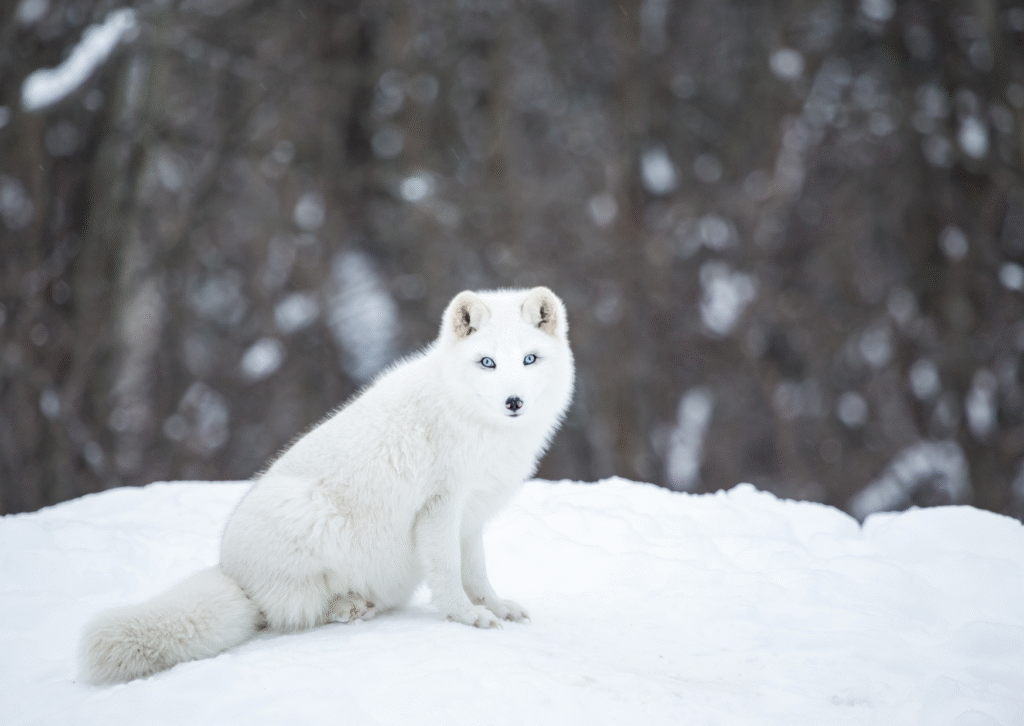
- There are a lot of animals in Norway’s wild areas, like musk oxen in Dovrefjell and Arctic foxes in Svalbard. Even people who like to watch birds are lucky because they can see puffins, sea eagles, and rare Arctic birds.
- To stay safe, keep your distance and use binoculars or a zoom lens. There are a lot of wild animals here.
8. After the Northern Lights and the Midnight Sun
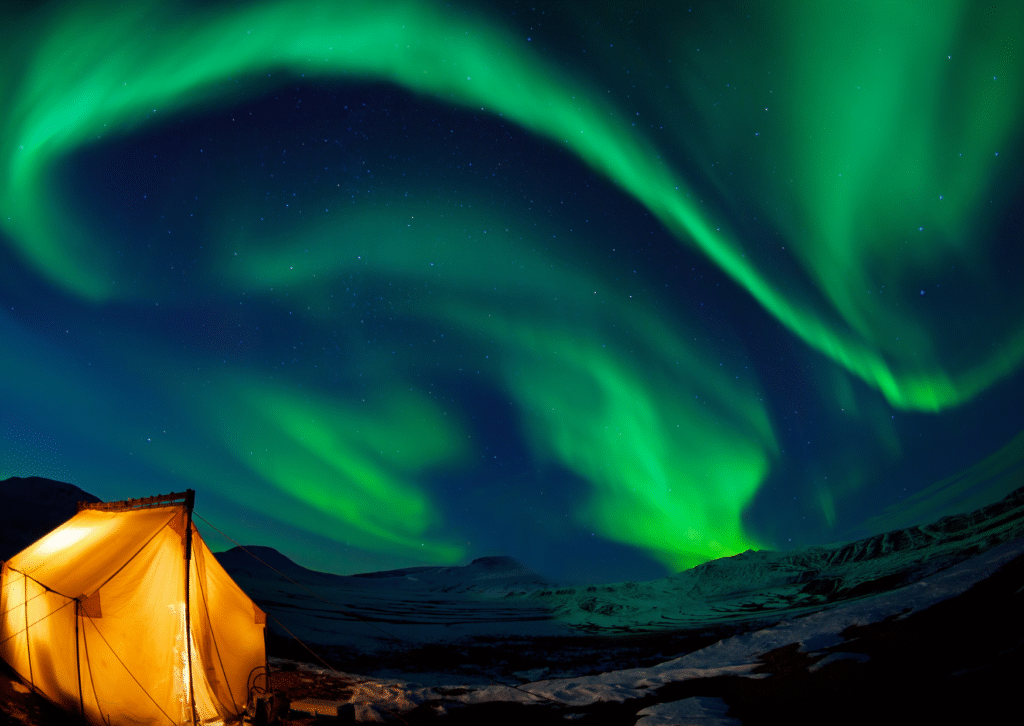
- One of the best things about being deep in the woods is that you can see natural light shows without any noise. The midnight sun paints the mountains gold at 2 AM in the summer. In the winter, the aurora borealis makes fields covered in snow look like glowing dreams.
- The Varanger Peninsula, Senja, and the Finnmarksvidda plateau are the best places to see it.
9. Culture and Traditions of the Sami
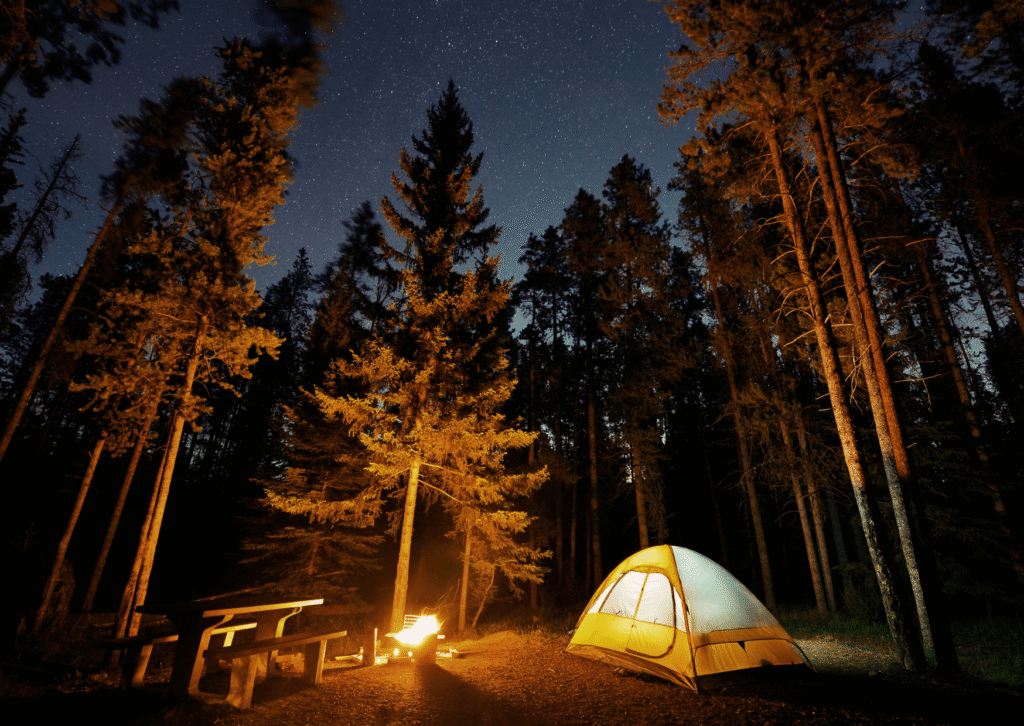
- The Sami people have lived in Norway’s Arctic for thousands of years, following seasonal patterns of fishing, hunting, and herding reindeer. They need to figure out how to keep these traditions alive in the modern world.
- People who travel can go on Sami-led tours, where they will sit in a lavvu (traditional tent), listen to joik (folk singing), and learn how to sledge with reindeer. These activities aren’t just for tourists; they’re also cultural exchanges that will make your trip more meaningful.
The Best Time to Visit Norway’s Wilds
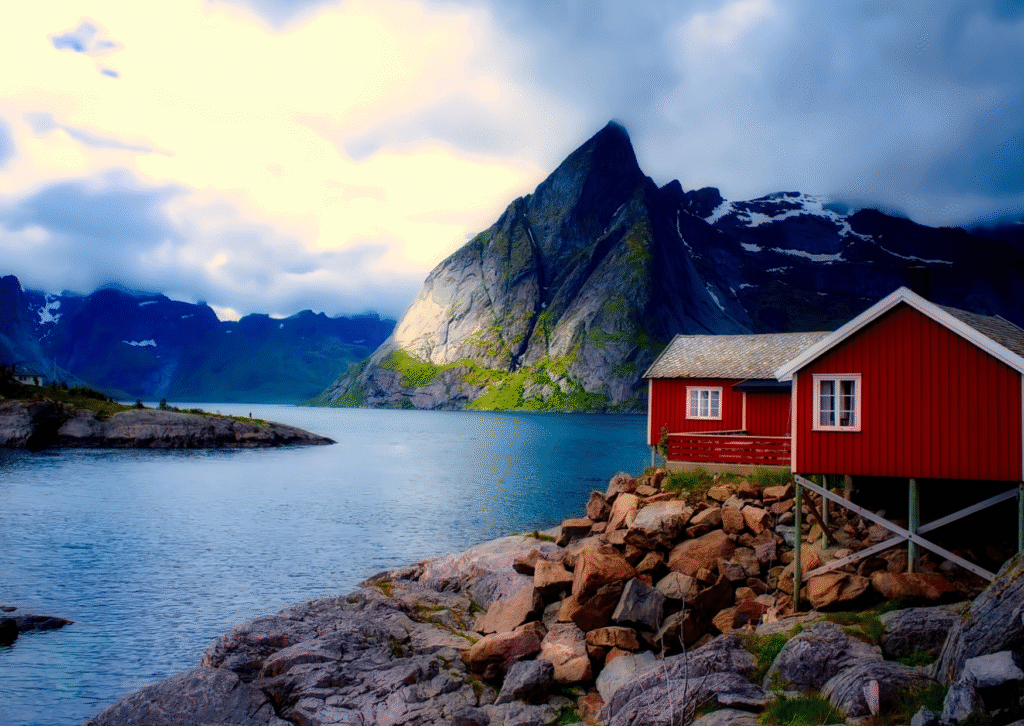
- June through August: The weather is warm, the days are long, and it’s the best time to go hiking and canoeing.
- Autumn (September to October): The leaves are beautiful, there are fewer bugs, and animals are active.
- The aurora, snow sports, and Sami festivals happen in the winter, from December to March.
- In the spring (April to May), the waterfalls are at their best, the birds are moving, and the trails are quiet.
Things You Should Know Before You Visit Norway’s Wilds
- Get the Right Stuff: Norway’s weather changes quickly, so you need layers that will keep you dry.
- Don’t just use your phone; bring a map and a compass with you.
- Be careful when you plan how to get around. During certain times of the year, you can only get to some remote areas by boat or bus.
- Respect the Land: Follow the Leave No Trace rules and be kind to Sami cultural sites.
- Be ready for emergencies: help may take hours to get to you in remote areas, so be ready to go.
How to Get There and Move Around
- Oslo, Bergen, and Tromsø are the main international airports. However, if you want to see the wild, you should look into regional airports like Alta, Kirkenes, or Bardufoss. You have the most freedom when you rent a car or campervan, but Norway’s trains and ferries also connect communities that are surprisingly far apart.
- Where to Stay in the Wilderness Hytter (Cabins): You can find these cabins anywhere from the edges of fjords to mountain passes. They can be simple or fancy.
- Eco-Lodges are made with the environment in mind and are often located in beautiful areas.
- It’s legal and encouraged to camp in the wild, which is the best kind of freedom.
- DNT Cabins: Not fancy, but cosy, and they usually have firewood and cooking supplies.
A Three-Day Plan for the Wild
- Day 1: Fly to Tromsø, rent a car, and drive to Øvre Dividal. Take a short walk to a cabin in the woods.
- Day 2: A local guide will take you on a walk through tundra valleys, where you can see reindeer and learn about the Sami people.
- Day 3: Go to the Varanger Peninsula to see Arctic birds and sleep under the northern lights.
The views in Norway’s wild places are amazing, but the best part is how they make you feel. That rare feeling of peace, awe and humility that comes from being in a place where nature is still in charge.
These moments remind you what travel is really about, whether you’re paddling across a still lake in Femundsmarka, following reindeer trails in Øvre Dividal, or watching the aurora shimmer above Varanger’s icy shore.
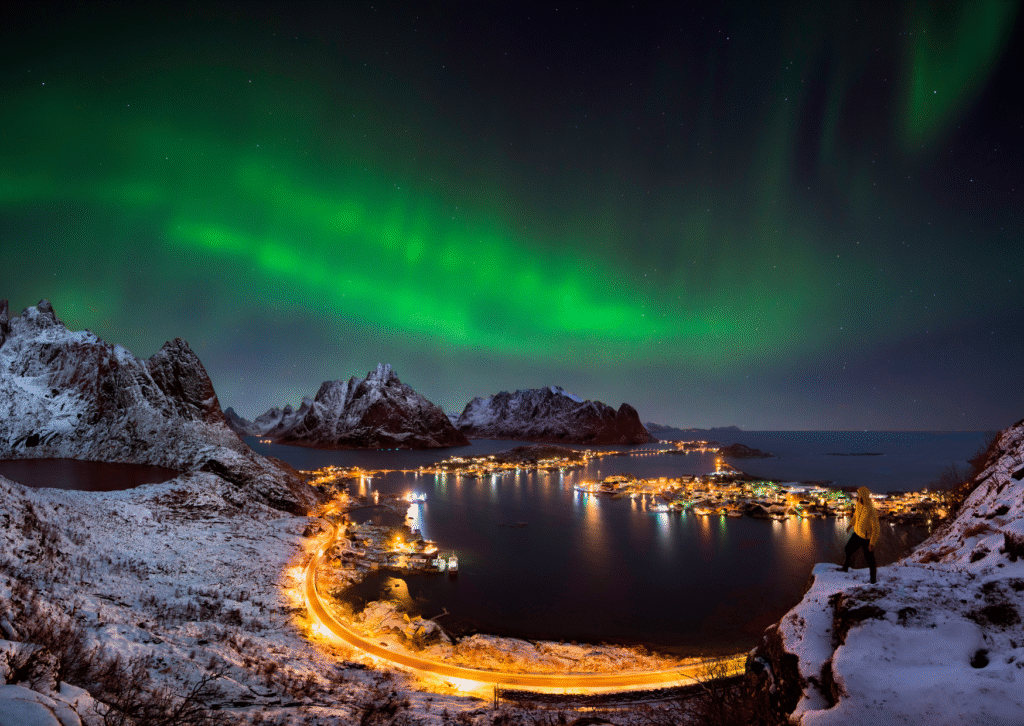
Norway’s quietness in a world that is getting more crowded and noisy might be its best-kept secret!
